INL spent fuel transfers are ahead of schedule

Crews at the Department of Energy’s Idaho National Laboratory Site recently completed work to transfer baskets of spent nuclear fuel ahead of a September 30 deadline.


Crews at the Department of Energy’s Idaho National Laboratory Site recently completed work to transfer baskets of spent nuclear fuel ahead of a September 30 deadline.
The Department of Energy’s Office of Nuclear Energy is making $6 million available in scholarships and fellowships for students pursuing nuclear energy-related degrees across the United States. The funding is provided through the DOE’s University Nuclear Leadership Program (UNLP).
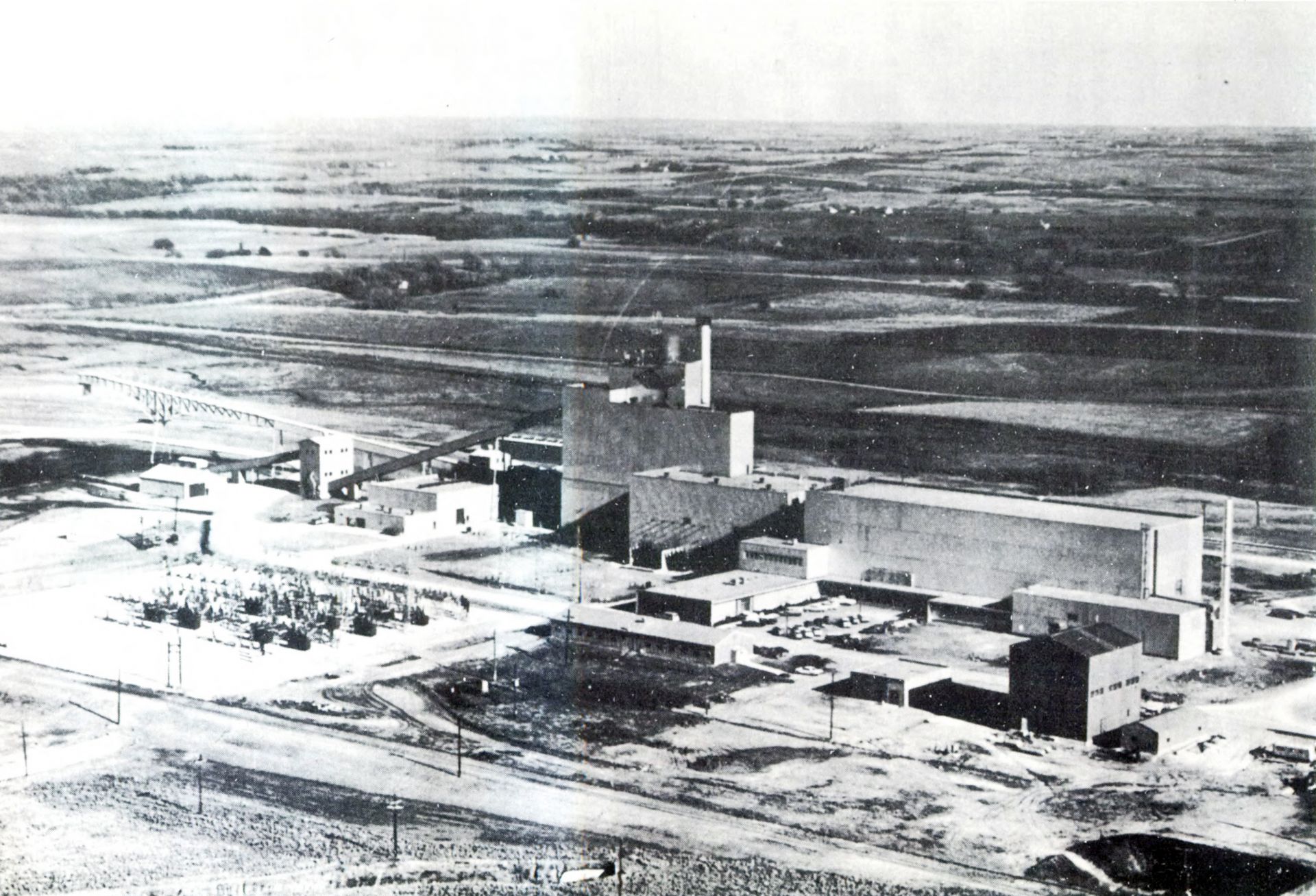
The Hallam nuclear power plant in Nebraska, about 25 miles southwest of Lincoln, was a 75-MWe sodium-cooled, graphite-moderated reactor operated by Consumers Public Power District of Nebraska (CPPD). It was co-located with the Sheldon Power Station, a conventional coal-fired plant. The facility had a shared control room and featured a shared turbo generator that could accept steam from either heat source.

Dominion Energy’s North Anna nuclear power plant received its second operating license renewal earlier this week, the U.S. Nuclear Regulatory Commission announced.
North Anna Units 1 and 2 are twin 973-MWe three-loop Westinghouse pressurized water reactors located about 40 miles northwest of Richmond, Va. Unit 1’s operating license will now expire April 1, 2058, and Unit 2’s will expire August 21, 2060.
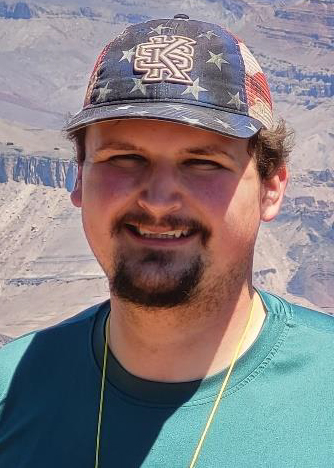
Holston
Savannah River Mission Completion (SRMC) and the charitable educational organization Citizens for Nuclear Technology Awareness (CNTA) have announced that Micah Holston, a student at Kennesaw State University, is the winner of the 2024 Robert Maher Memorial Scholarship.
The $5,000 scholarship is sponsored by SRMC, the liquid waste contractor for the Department of Energy at the Savannah River Site.
The winner: Holston, a senior from Marietta, Ga., is pursuing a bachelor’s degree in physics and political science with minors in nuclear engineering, math, and international affairs. CNTA executive director Allison Hamilton Molnar said the organization is proud to award this scholarship to such a deserving student.

Kilindini Harbor in Mombasa, Kenya, is East Africa’s largest international seaport. But rapid development of the Kenyan coastal zone is changing sediment distribution and dispersal patterns in the region, and shifting sediment poses safety and efficiency risks to ships in the harbor. With help from the International Atomic Energy Agency, a team of researchers from Kenya and South Africa has deployed a unique system to measure natural radionuclides in beach and aquatic sediments and map sediment transportation in the region. The IAEA described the mission in a photo essay published August 21.
![]() Here is a recap of industry happenings from the recent past:
Here is a recap of industry happenings from the recent past:
Last Energy forms partnership with NATO center
The NATO Energy Security Center of Excellence (ENSEC COE), located in Vilnius, Lithuania, and Washington, D.C.–based Last Energy have formed a partnership to investigate military applications for microreactor technologies. The agreement was ENSEC COE’s first with a company in the nuclear energy sector. Last Energy, which is a spin-off of the research institute Energy Impact Center, will conduct research with ENSEC COE on microreactor applications for NATO military installations, explore opportunities for deploying microreactors on NATO bases, and serve as an industry advisor to ENSEC COE. Last Energy’s PWR-20 small modular reactor is a pressurized water reactor with a capacity of 20 MWe (60 MWt). It is designed to be built off-site and assembled in modules within a period of 24 months.
Funds earmarked for “integrated biological and computational low-dose radiation research” will go to 14 university research projects in a new approach to federally funded low-dose radiation research that leverages artificial intelligence and machine learning to find cellular markers of radiation health effects. The Department of Energy announced on August 21 that these 14 projects on cellular and molecular responses to low-dose radiation would collectively get $19.5 million in funding over three years.
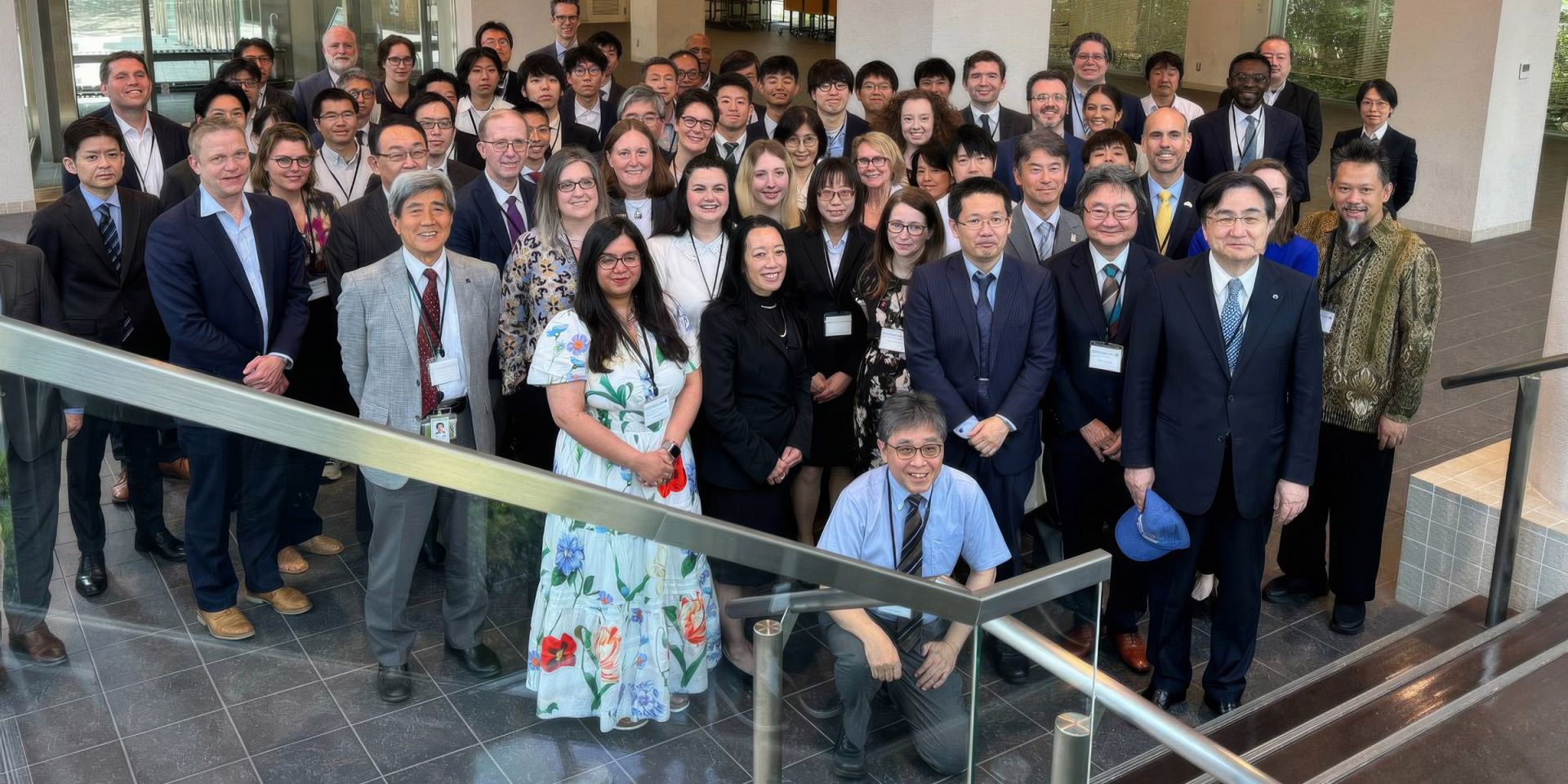
Tohoku University in Sendai, Japan, was the site of an advanced nuclear reactor workshop in late May that was hosted by the Fastest Path to Zero Initiative of the University of Michigan and Tohoku’s Center for Fundamental Research on Nuclear Decommissioning. The event was co-organized by the U.S. Consulate in Sapporo, Japan, and the Atlantic Council, which is associated with the North Atlantic Treaty Organization. The workshop, “The Potential Contribution of Advanced Nuclear Energy Technologies to the Decarbonization and Economic Development of Japan and the U.S.,” featured numerous American and Japanese academic authorities, government policymakers, executives of utilities and advanced reactor developers, and leaders of nongovernmental organizations. Also participating were students from both the University of Michigan and Tohoku University.
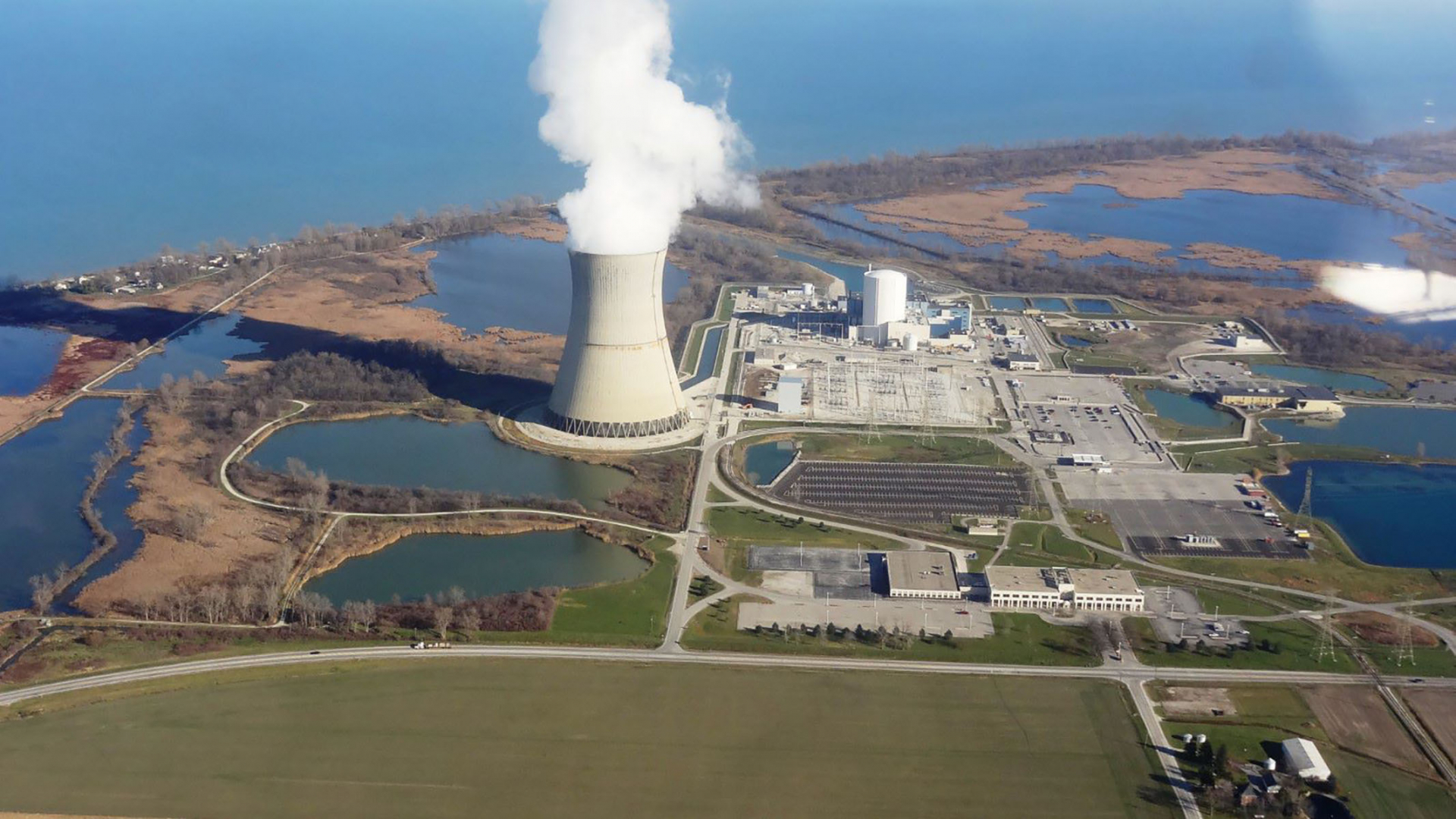
The Nuclear Regulatory Commission will discuss the Davis-Besse nuclear power plant safety performance last year in a public meeting this Thursday, August 29.

N. Prasad Kadambi
We welcome ANS members who have careered in the community to submit their own Nuclear Legacy stories, so that the personal history of nuclear science and technology can be captured. For information on submitting your stories, contact nucnews@ans.org.
I graduated with a mechanical engineering degree from Osmania University in Hyderabad, India, and took up nuclear engineering when I was awarded a scholarship by an organization called His Exalted Highness The Nizam of Hyderabad’s Charitable Trust. That scholarship enabled me to do graduate work at Pennsylvania State University, and I enrolled there in 1966. One of the terms of the scholarship was that I return to India after graduation. Hence, I returned to India in 1972 after receiving my Ph.D. and began working at the Bhabha Atomic Research Centre in Mumbai.
The Tennessee Valley Authority’s board of directors approved $150 million in additional funding to continue design work and TVA’s plans for small modular reactors at its Clinch River site near Oak Ridge, Tenn. With that decision late last week and an initial $200 million investment announced in early 2022, TVA has put a total of $350 million toward the development of SMRs at the site.
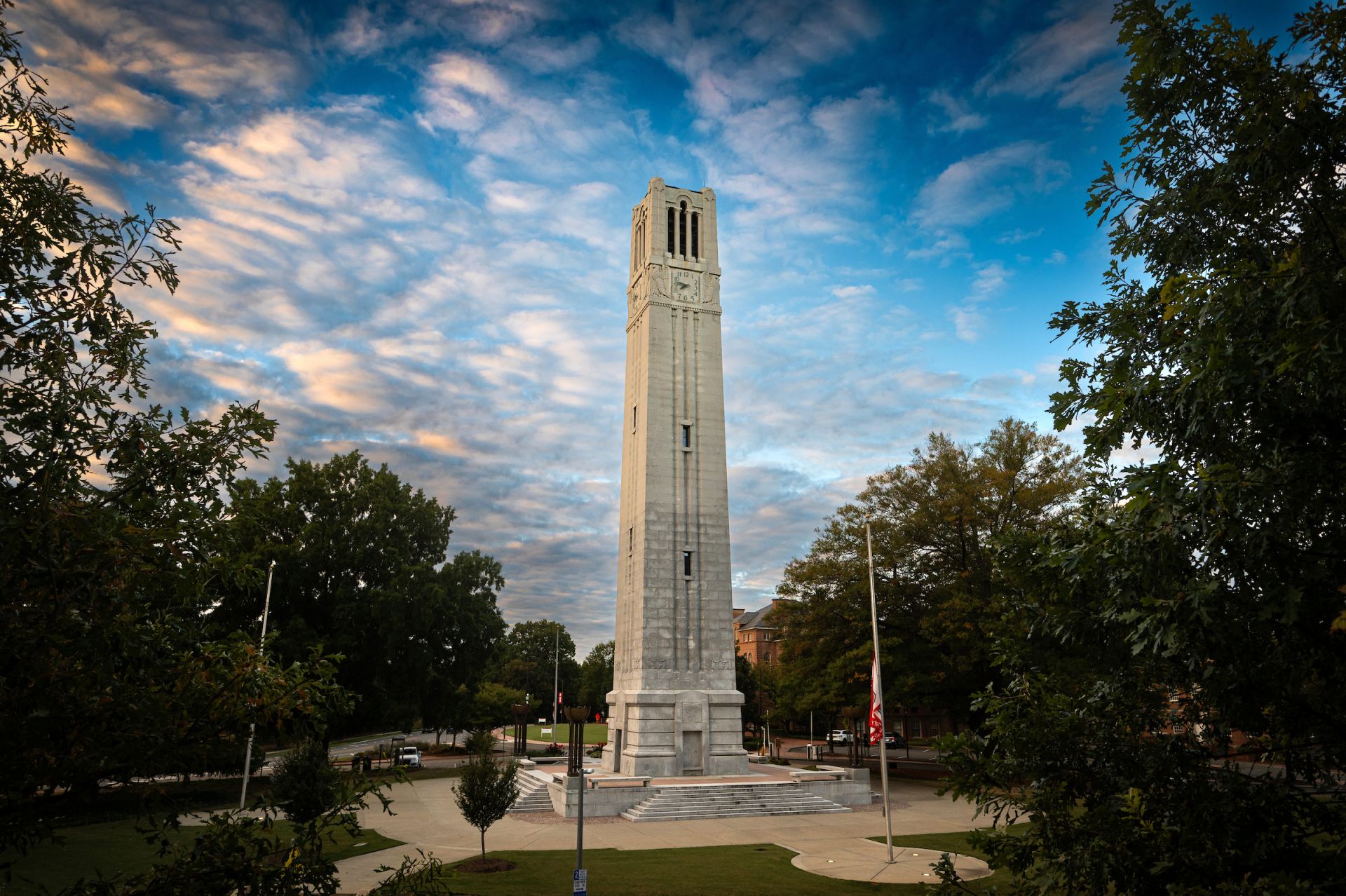
North Carolina State University is hosting the inaugural Future Leaders in Nuclear: Undergraduate Symposium in early October at its campus in Raleigh. The event for rising juniors and seniors in nuclear engineering or related science and engineering fields will give attendees the opportunity to present their research.

The United Kingdom’s Department of Energy Security and Net Zero has signed off on Westinghouse’s AP300 small modular reactor earlier this month.

We all know that nuclear energy is the best energy source available—the safest and most reliable with the lowest life-cycle carbon footprint and the lowest environmental impact of any source, according to the latest UN report (unece.org/sites/default/files/2021-11/LCA_final.pdf).

The Ogle County Board has approved a zoning change that designates 524 acres around the Byron nuclear power plant, located in northern Illinois, as industrial rather than agricultural.
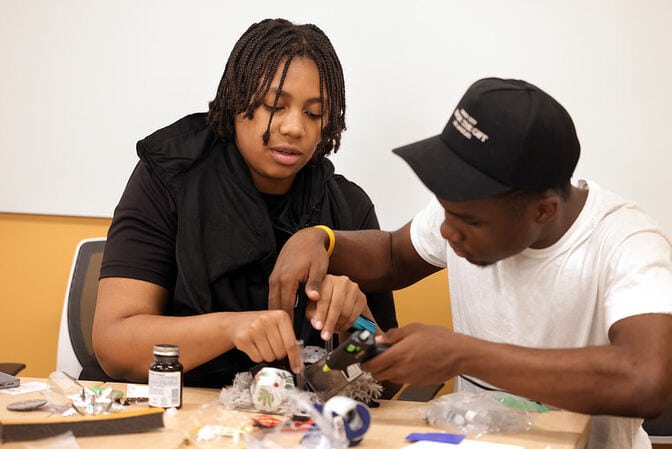
The first Harper Academy 4 Future Nuclear Engineers was held recently at the University of Michigan. The four-week program provided eight rising high school seniors with classes in nuclear engineering fundamentals, mathematics, technical skills, design, community engagement, and college preparation. While taking the course, the students stayed at Bursley Hall on the university’s Ann Arbor campus.
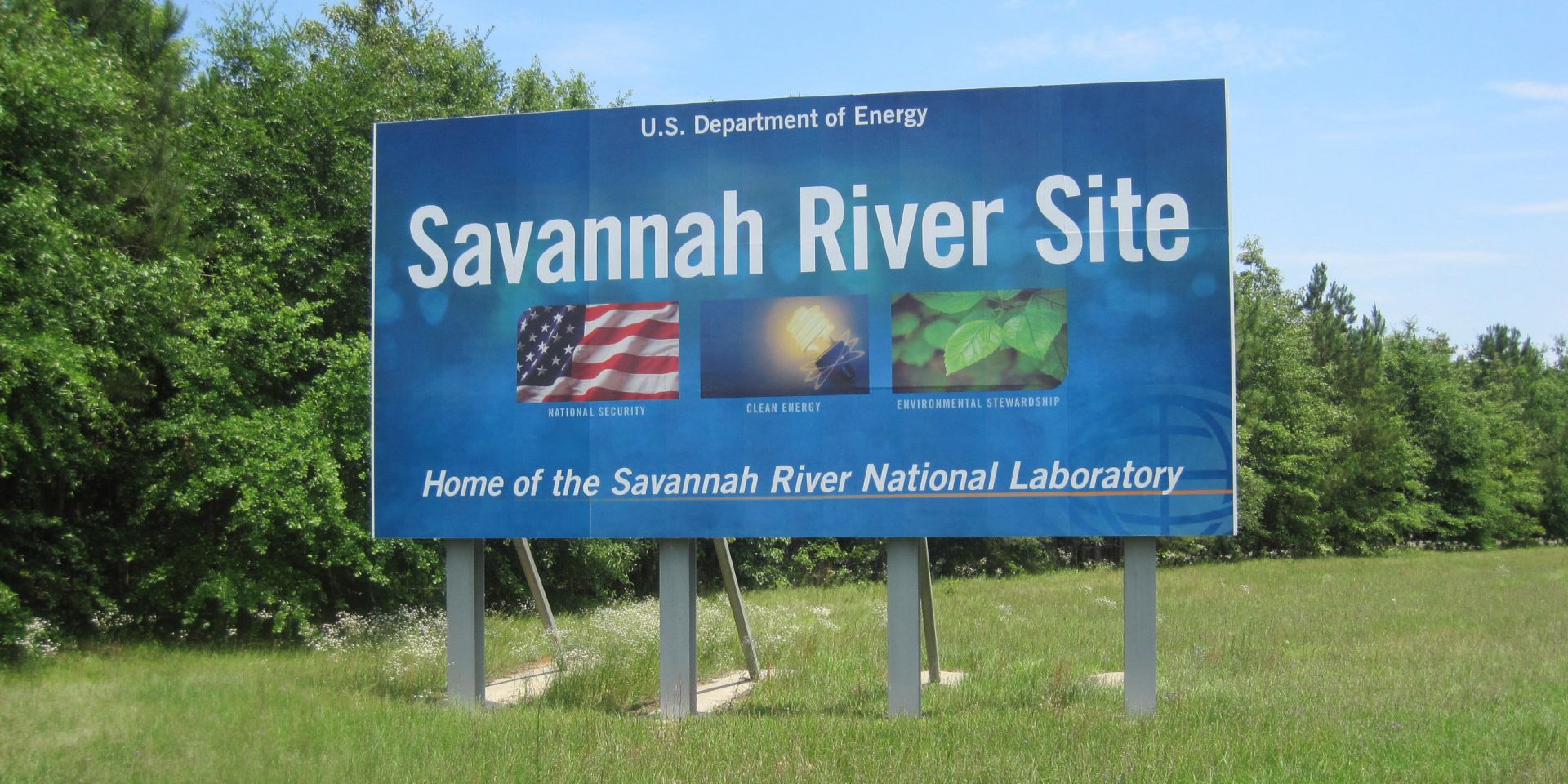
The Department of Energy’s Office of Environmental Management has issued a request for qualifications related to the department’s Cleanup to Clean Energy initiative for utility-scale energy projects at the Savannah River Site in South Carolina.
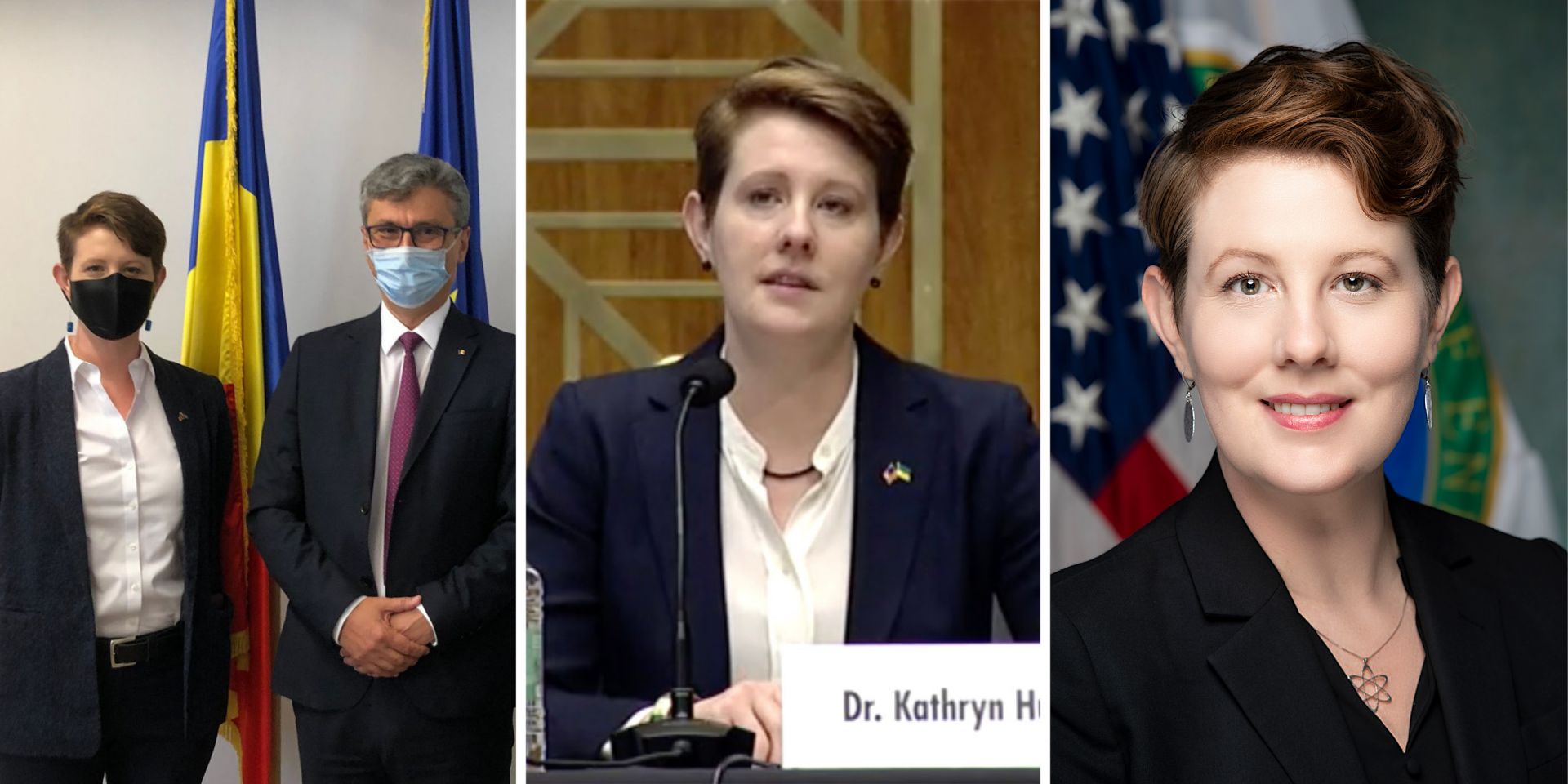
After three years in the Department of Energy, including two as assistant secretary of the Office of Nuclear Energy, Katy Huff stepped down in May to return to the world of academia as a professor at the University of Illinois–Urbana-Champaign.
Among her many accomplishments while serving as NE-1, Huff pushed for energy security—both at home and abroad, in places like war-torn Ukraine—and for the development of additional advanced and traditional nuclear plants, the potential restart of shuttered nuclear facilities, and a better funding stream for college nuclear programs.

The World Nuclear Association's annual World Nuclear Performance Report provides up-to-date details about the nuclear power sector for both existing nuclear electricity generators and reactors under construction.
Average capacity factor of nuclear reactors increased by 1 percent—reaching 81.5 percent—last year. The report, published on August 20, shows that nuclear generation increased by 58 terawatt-hours in 2023, providing 2,602 TWh, or 9 percent, of the world’s electricity production.